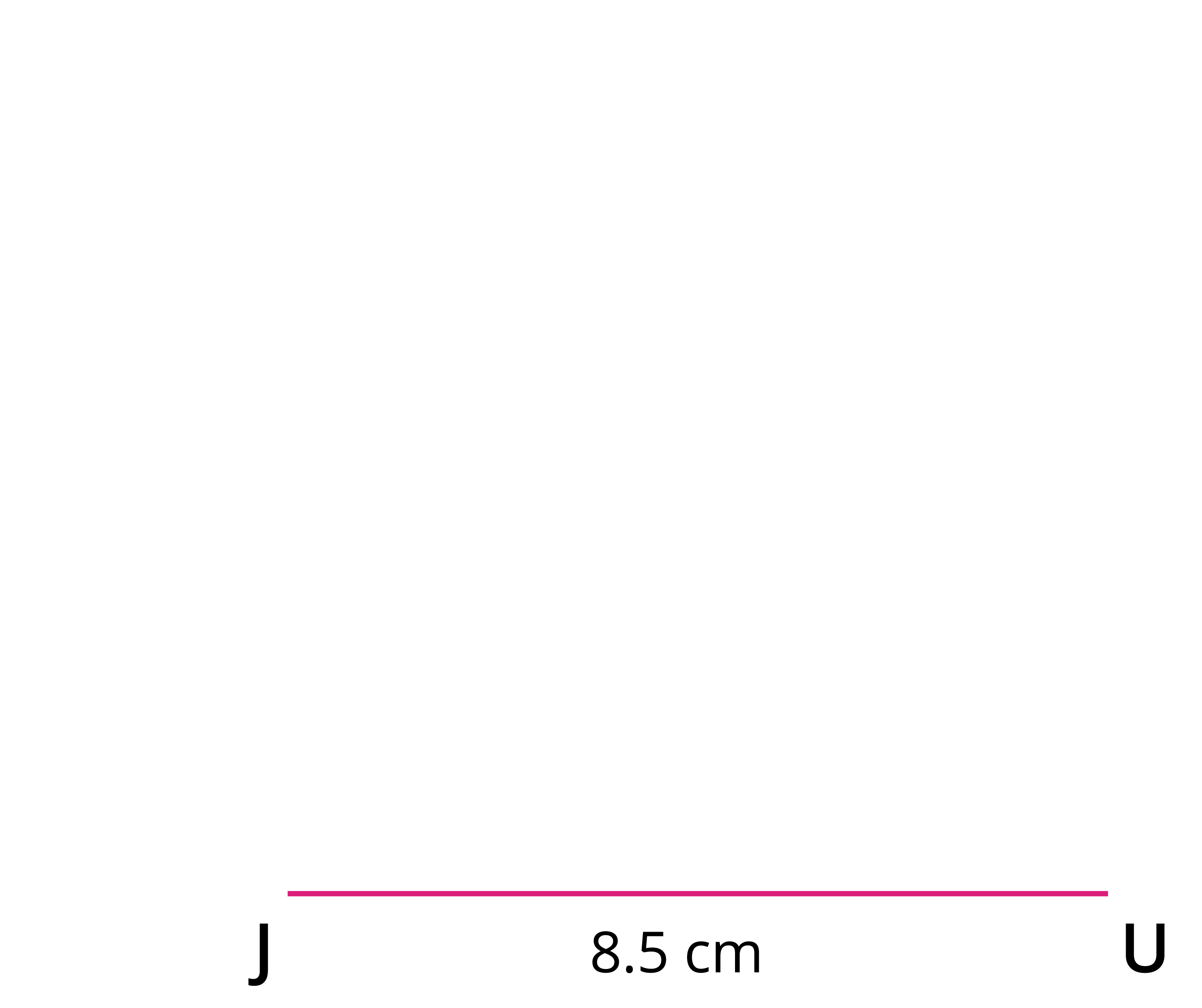PDF chapter test TRY NOW
Working rule to construct a parallelogram:
Let us discuss the working rule to construct a parallelogram when the measure of one side, one angle and one diagonal of a parallelogram are given.
Example:
Construct a parallelogram JUMP with JU = 8.5 cm, JM = 9 cm and \angle JUM = 75^{\circ}. Also, find its area.
Construction:
Step 1: Draw a line segment JU = 8.5 cm.
Step 2: With U as centre, mark an angle 75^{\circ} using a protractor and mark it as X. Join QX.
Step 3: With J as centre, draw an arc of radius 9 cm intersecting QX at M. Join JU.
Step 4: Measure UM, and with J as centre, draw an arc of radius that is equal to the measure of UM.
Step 5: With M as centre, draw an arc of radius 8.5 cm intersecting the previous arc at P.
Step 6: Join MP and MJ.
Step 7: JUMP is the required parallelogram. The measure of MA gives the height of the parallelogram JUMP.

Area calculation:
Area of the parallelogram = base \times height square units
= 8.5 \times 5.6
= 47.60 cm^2
